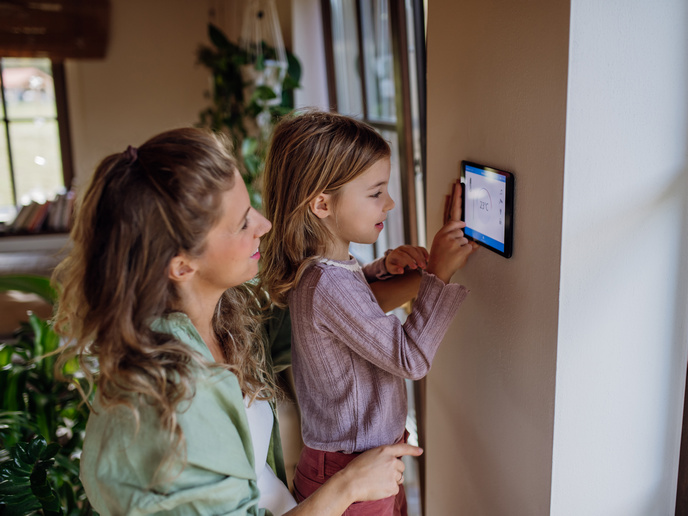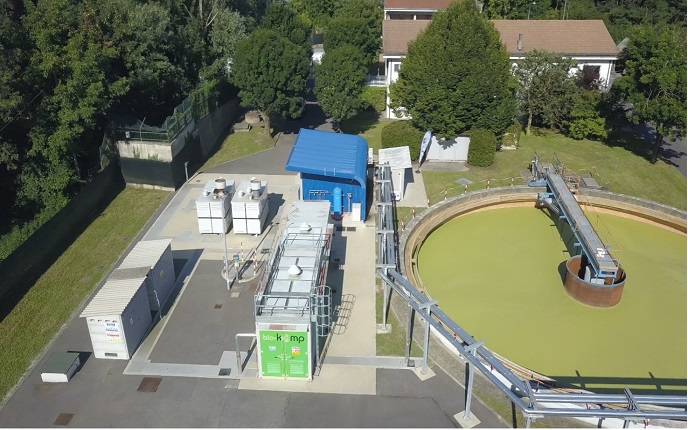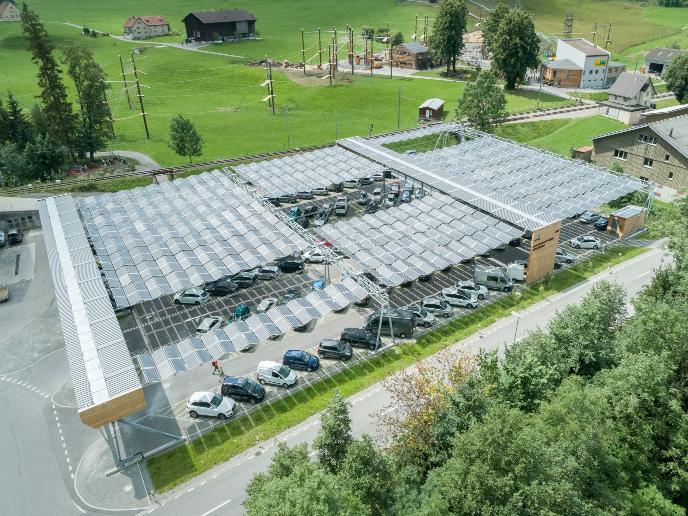Switching residential buildings to renewable energy
Decarbonising residential buildings – i.e. moving away from the use of fossil fuels – will be one of the greatest energy challenges in the coming decades. “More than half of the annual energy consumption in households is related to space heating and air conditioning,” notes RESHeat(opens in new window) project coordinator Paweł Ocłoń from Cracow University of Technology(opens in new window) in Poland. “About 75 % of energy used for home heating and domestic hot water is still produced from fossil fuels.”
Renewable-powered heating and cooling systems
One solution with significant potential could be to switch residential buildings to renewable heating and cooling technologies, such as biomass boilers and solar heating systems, with capacity to store energy for future use. The EU-funded RESHeat project sough to assist in this shift towards clean, renewable energy technologies through demonstrating their feasibility in residential settings. To do this, the project brought together eight partners from four European countries that included universities, tech companies and public sector institutions. A heating and cooling system was designed with solar energy as the primary renewable energy source. The system integrates high-efficiency vacuum solar collectors with sun-tracking mirrors and photovoltaic-thermal (PVT) panels, which simultaneously generate electricity and heat. “These technologies are designed to allow for efficient energy capture during periods of high solar availability,” explains Ocłoń. “The surplus thermal energy collected in the summer is then stored in underground heat reservoirs and later utilised during the winter season.” The primary heating and cooling unit in the RESHeat system is a dual-source heat pump adaptable to seasonal needs, delivering heat in winter and providing cooling in summer.
Integration with existing heating systems
This system was trialled at three demonstration sites: two in Poland (Cracow and Limanowa) and one in Italy (Palombara Sabina, Lazio region). Installations in Poland included heating and hot water preparation systems. In Italy, due to the warmer Mediterranean climate, the RESHeat system was extended to include space cooling. “The residential buildings we piloted were built in 1980, 2013 and 2017,” says Ocłoń. “We wanted to show that renewable energy systems could be integrated with existing heating systems.” The project demonstrated that sun-track solar collectors were able to operate even in winter. Flexible solutions such as this, Ocłoń believes, hold a great deal of potential for supporting heating with renewable energy. After a full year of performance, the project was able to show that, in some cases, the system was able to meet up to 90 % of a building’s annual heat demand using renewable sources(opens in new window).
Modernising buildings and cutting emissions
The key takeaway from the RESHeat project is that heating residential buildings with renewable energy is possible, removing the need for gas or coal. The piloted system successfully brought together solar panels, smart heat pumps and underground heat storage to work together in one clean, efficient solution. The progress made is very much in line with EU strategies such as the European Green Deal(opens in new window) and the Renovation Wave(opens in new window) initiative, which aims to modernise buildings and cut emissions. “The key to this is electrical energy storage,” adds Ocłoń. “Renewable energy fluctuates (depending on the weather for example), so storage is critical.” Project partner companies from Finland and Poland will now work together to scale up production, with the aim of offering RESHeat systems commercially. The RESHeat design software is being prepared for sale.







